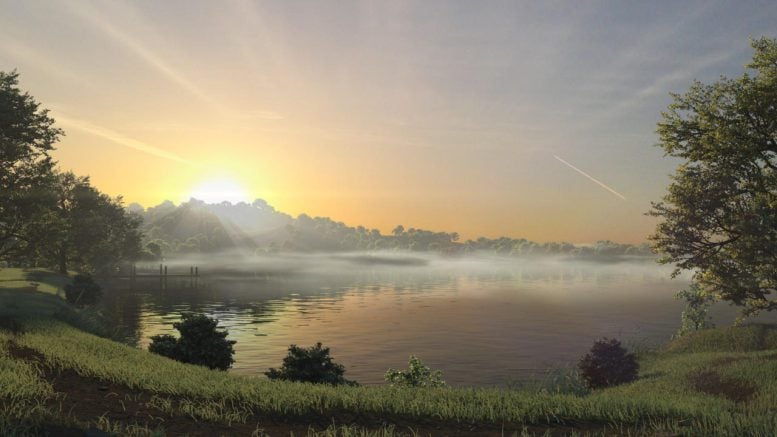
Sunrise image as used in the research study. Credit: University of Exeter
For the first time, a new study has quantified the impact of fleeting natural events on people.
A recent study has quantified the impact that fleeting natural events, such as sunrises and sunsets, have on people for the first time. The researchers aimed to identify the effects of these events on individuals and understand their impact.
Although there has been extensive research into the effects of nature on mental health, most studies have only evaluated these impacts under calm weather conditions and clear skies. However, surprisingly few studies have explored how people respond to variations in weather and the daily patterns of the sun, known as “ephemeral phenomena.”
To help close this gap, researchers used the latest computer graphics to show carefully controlled images of both urban and natural environments to more than 2,500 participants. When these scenes featured elements such as sunrise and sunset, participants considered them to be substantially more beautiful than when seen under sunny conditions at any other time of day.
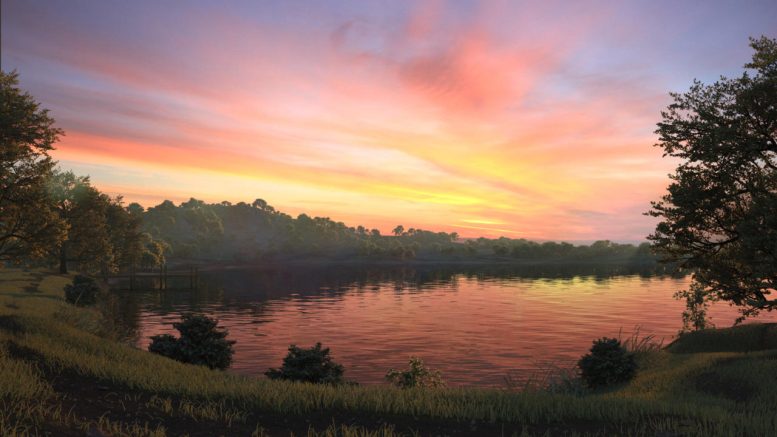
Digital sunset featured in the research study. Credit: University of Exeter
Unexpectedly, the paper revealed that sunrise and sunset could also trigger significant boosts in people’s feelings of awe. A typically difficult emotion to elicit, research indicates that awe has the potential to improve mood, enhance positive social behavior, and increase positive emotions – all valuable factors in enhancing overall well-being.
Published in the Journal of Environmental Psychology, the paper also considered rarer events, such as rainbows, thunderstorms, and starry, moonlit skies in the experiment. Each of these phenomena altered the extent to which people experienced beauty and awe in different landscapes when compared to sunny, blue skies.
Crucially, these changes were also behind variations in how the environments were valued – assessed by asking participants how much they would be willing to pay to experience each scene in the real world.
Participants were prepared to pay a premium of almost 10 percent to visit a natural setting at sunrise compared to under blue skies. The research team said this kind of added value is normally attributed to more permanent features, such as scenic lakes or historic buildings. They suggested that encouraging people to experience sunsets and sunrises could help boost well-being, and might be used as part of green prescribing, where nature plays a therapeutic role in mental health treatment.
Alex Smalley, a Ph.D. fellow at the University of Exeter and lead author of the research, said: “We’re all familiar with the urge to take a photo of a brilliant sunset or unexpected rainbow. The term ‘sunset’ has over 300 million tags on Instagram and people told us they’d be willing to pay a premium to experience these phenomena, but of course, we can all experience them for free. Our research indicates that getting up a bit earlier for sunrise or timing a walk to catch sunset could be well worth the effort – the ‘wow’ factor associated with these encounters might unlock small but significant bumps in feelings of beauty and awe, which could, in turn, have positive impacts for mental wellbeing.”
The authors also noted how the occurrence of the phenomena they tested could vary greatly based on where people live. Those on east-facing coastlines might find sunrise easier to see, whilst those in the west might more frequently experience sunset. Equally, thunderstorms may be more common in summer in the UK, yet rainbows appear more often in winter.
Alex Smalley added: “Most of the phenomena we tested can be fleeting and unpredictable, and we think this novelty is partly behind the effects we’re seeing. Given their potential to change people’s experiences in both natural and urban landscapes, there could be real value in highlighting how and where these events might be experienced, particularly in towns and cities.”
Reference: “Beyond blue-sky thinking: Diurnal patterns and ephemeral meteorological phenomena impact appraisals of beauty, awe, and value in urban and natural landscapes” by Alexander J. Smalley and Mathew P. White, 10 January 2023, Journal of Environmental Psychology.
DOI: 10.1016/j.jenvp.2023.101955

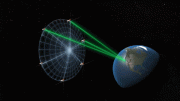


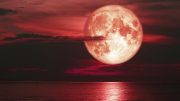

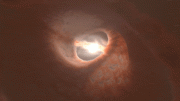
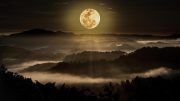

Be the first to comment on "The Magic of Sunrise and Sunset: New Research Quantifies the “Wow” Factor"